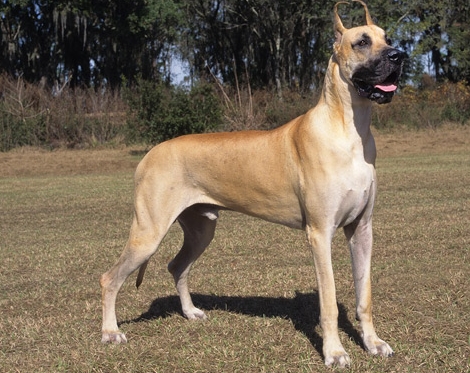Title: Understanding “Done Dog”: What It Means for Dog Owners
Introduction
As dog owners, it’s essential to understand our furry companions and their behaviors to ensure they thrive in our care. One term that has recently been gaining attention is “done dog,” referring to dogs that have reached their threshold for stimulation and need a break. Understanding this concept can significantly improve the bond you share with your pet and enhance their overall well-being.
1. What is a Done Dog?
A “done dog” is a term used to describe a dog that has reached its limit when it comes to playing, interacting, or receiving stimulation. Dogs, like people, can become overwhelmed and fatigued, especially during high-energy activities or chaotic environments. Recognizing when your dog is “done” can prevent stress and help you address their needs more effectively. Signs may include yawning, trying to escape, or simply laying down and refusing to engage further. Listening to these cues helps to create a more harmonious environment for you both.
2. Recognizing Signs of Stress
Understanding the signs that your dog is feeling overwhelmed is critical to keeping them happy and healthy. Common indicators include excessive panting, tail tucking, avoidance behavior, and whining. If you notice these signs during playtime or social interactions, it may be time to give your dog some space. Each dog is unique, and it’s important to observe your pet’s particular behaviors to identify when they are reaching their limit. By being attentive, you can adjust activities to match your dog’s comfort level.
3. Creating a Relaxation Routine
Establishing a routine that includes periods of relaxation can significantly benefit your dog’s mental and physical health. Designate specific spots in your home where your dog can retreat to feel safe and relaxed, such as a quiet corner or a cozy bed. Incorporating calming activities, like gentle brushing or soothing music, can also help create a tranquil atmosphere. Ensuring your dog has ample time to recharge can prevent behavioral issues and lead to a more well-adjusted pet. Remember, a happy, relaxed dog is often a more well-behaved companion!
Conclusion
Understanding and recognizing when your dog is a “done dog” can strengthen your relationship and enhance their quality of life. By paying attention to their needs and providing soothing environments, you create a happy, stress-free atmosphere for your furry friend. Want to learn more about dog behavior and care? Dive deeper into the topic and discover new ways to nurture your beloved pet!
